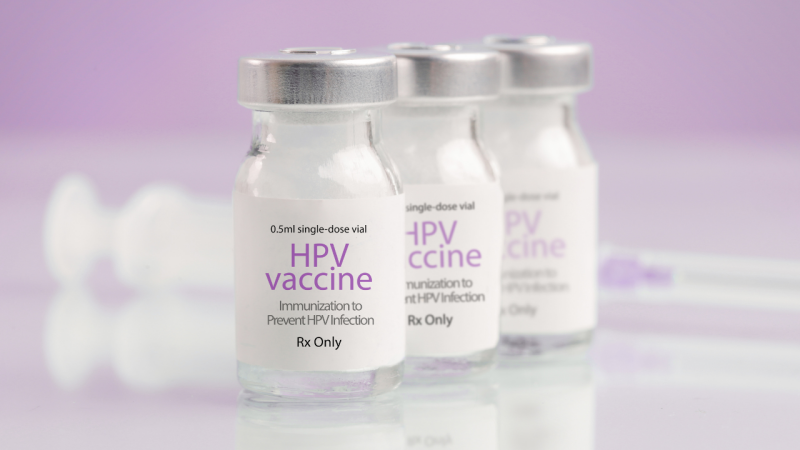“There was a lot of white vaginal discharge. There was also heavy bleeding — chunks of blood. This would go on for 15 to 20 days at a time and then stop. Come back again after 10 days. I was unable to go out for farm work or carry out household work. My hands and legs would feel weak and tremble. I went to Dr A in the local town. … It cost me more than 5,000 [INR]. There was no change in my condition. Then the same doctor referred me to the medical college hospital. I went there. … Nothing worked. … I went with my son to the cancer hospital in Chennai. … When I returned for the test results, they told me that it was the beginning stage of cervical cancer.”
This story of a cervical cancer survivor and mother of four from India, narrated in a World Health Organisation (WHO) report, is not unique. Cervical cancer is the fourth leading cause of cancer deaths among women around the world, especially in low- and middle-income countries such as India and Pakistan.
But here’s what many people don’t know — the disease is one of the few cancers that can be almost entirely prevented with early screening and vaccination. There are two approved vaccines that can reduce the risk of cancer by protecting against the infections that cause them — the hepatitis B vaccine and the cervical cancer or human papillomavirus (HPV) vaccine.
Pakistan is launching its first-ever cervical cancer prevention vaccine drive this month, and doctors and gov
Continue Reading on Dawn
This preview shows approximately 15% of the article. Read the full story on the publisher's website to support quality journalism.
